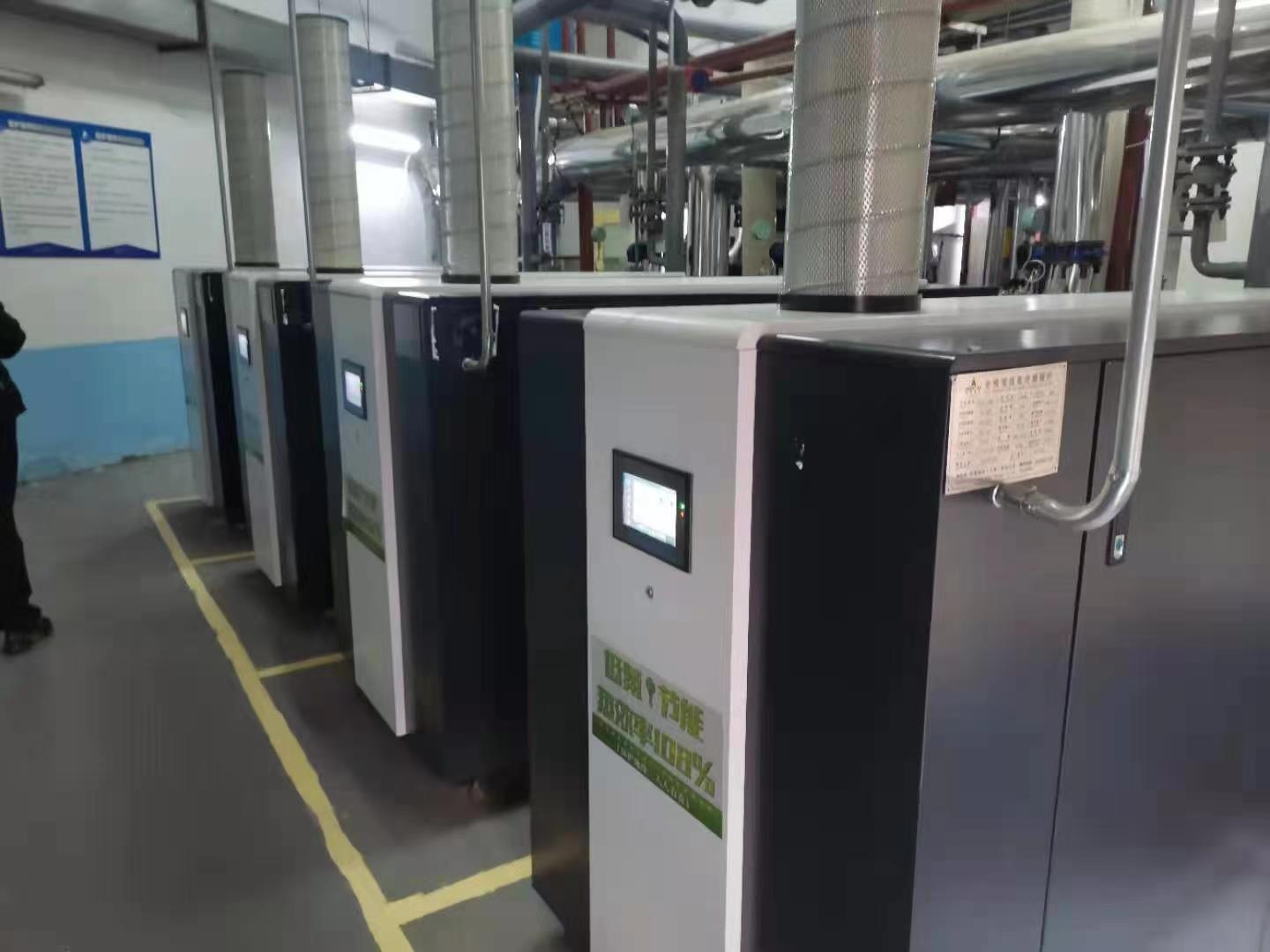Aug . 18, 2024 14:58 Back to list
China's Emerging Landscape in Metal Casting and Foundry Innovations
The Role of China’s Cast Foundry Industry
China's cast foundry industry, a key segment of its broader manufacturing landscape, has experienced remarkable growth and transformation over the past few decades. As the world’s largest producer of castings, China plays a pivotal role in both domestic and global supply chains, providing essential components for various sectors, including automotive, aerospace, construction, and energy. This article will explore the significance of China's cast foundry industry, its technological advancements, and the challenges it faces.
Historical Context
China's casting industry has a long-standing history, rooted in traditional craftsmanship. However, it was during the late 20th century, particularly post-economic reforms, that the foundry sector began to flourish. With the government's emphasis on industrialization and export-oriented growth, numerous foundries emerged, equipped with the ability to meet both local and international demands. By the early 21st century, China had established itself as a dominant player in the global casting market, accounting for nearly 50% of the world’s total casting production.
Technological Advancements
One of the most compelling aspects of China's cast foundry industry is its commitment to technological innovation. In recent years, many foundries have adopted advanced manufacturing technologies, such as computer-aided design (CAD), computer-aided manufacturing (CAM), and automation solutions. These technologies enhance production efficiency, reduce waste, and improve product quality. Furthermore, the introduction of new materials and processes, such as 3D printing and green sand casting, has diversified the industry’s capabilities and applications.
The integration of Industry 4.0 principles, such as the Internet of Things (IoT) and big data analytics, has also gained traction. By leveraging these technologies, Chinese foundries can enhance predictive maintenance, optimize production schedules, and achieve better quality control. This forward-looking approach not only boosts productivity but also aligns with global sustainability goals, addressing environmental concerns by reducing emissions and energy consumption.
china cast foundry

Economic Significance
China's cast foundry industry significantly contributes to the country’s economy. It supports millions of jobs and is a critical component in supply chains across various industries. The automotive sector, in particular, relies heavily on foundries for producing intricate components, from engine blocks to transmission housings. As China continues to shift toward electric vehicles, the demand for innovative casting techniques and lightweight materials presents both opportunities and challenges for the industry.
Challenges Ahead
Despite its successes, the cast foundry industry in China faces several challenges. Fierce competition, both domestically and internationally, has led to price pressures, compelling many foundries to operate on thin margins. Additionally, the market is witnessing an increasing demand for customized and high-quality products, which requires continual investment in R&D and training.
Environmental regulations are another critical challenge. As China intensifies its efforts to reduce pollution and its carbon footprint, foundries must adapt their operations to comply with stricter regulations. This may involve investing in cleaner technologies and adopting more sustainable practices, which can be costly but necessary for long-term viability.
Conclusion
The cast foundry industry is a vital component of China’s manufacturing prowess, contributing to economic growth and innovation. As the sector adapts to technological advancements and navigates challenges like competition and environmental regulations, it will continue to play a crucial role in meeting the demands of both domestic and global markets. Moving forward, a focus on sustainability and innovation will be essential for maintaining China’s leadership in the casting industry and ensuring its long-term success in the global economy.
-
Durable Centrifugally Cast Iron Water Main Pipe
NewsAug.11,2025
-
Centrifugally Cast Iron Water Main Pipes for Reliability
NewsAug.10,2025
-
High-Quality Centrifugally Cast Iron Water Main Pipes
NewsAug.09,2025
-
Durable Cast Iron Water Main Pipe & Drainage Solutions
NewsAug.08,2025
-
Buy Cast Iron Pipe: Premium Ductile Iron & Drain Solutions
NewsAug.07,2025
-
Durable Cast Iron Water Main Pipe | Buy Ductile Pipe
NewsAug.06,2025


